What Are the Rarest Gemstones?
Rare gemstones have always fascinated collectors, jewelers, and investors alike. While diamonds, rubies, sapphires, and emeralds dominate the jewelry world, there are far rarer stones that are even more valuable and mysterious. Gems like Painite, Musgravite, Red Beryl, Alexandrite, Paraíba Tourmaline, Taaffeite, Grandidierite, and Serendibite are some of the rarest in existence. Their scarcity, beauty, and unique origins make them highly sought after and capable of fetching extraordinary prices per carat. In this guide, we explore the rarest gemstones in the world, their history, values, and why they are so coveted.
Discover the Top 20 Plus Rarest Gemstones in the World (Ranked by Rarity)
The world of gemstones is not only about beauty and brilliance but also about rarity. A handful of collectors, museums, and high-profile auctions possess some of the rarest gemstones on Earth. Experts prize these gems not only for their stunning appearance but also for their unique geological origins, limited supply, and historical significance. In this guide, we’ll take a deep dive into the most rare gemstone varieties ever discovered perfect for collectors, gem lovers, and investors alike.
Red Beryl – Rarer Than Diamonds
Also known as Bixbite or Scarlet Emerald, Red Beryl is thousands of times rarer than diamonds. Its fiery red hue is unmatched, with most deposits found in the Wah Wah Mountains of Utah. Very few stones exceed one carat, making larger gems almost priceless. Collectors value Red Beryl not just for its scarcity but also for its symbolic connection to passion, vitality, and strength. Prices often exceed tens of thousands of dollars per carat, making it one of the most valuable colored gemstones in existence.
Why is Red Beryl so rare?
Red Beryl forms under very specific geological conditions, making gem quality crystals extremely scarce.
Where is Red Beryl found?
The best deposits are in Utah, USA, with small occurrences in New Mexico.
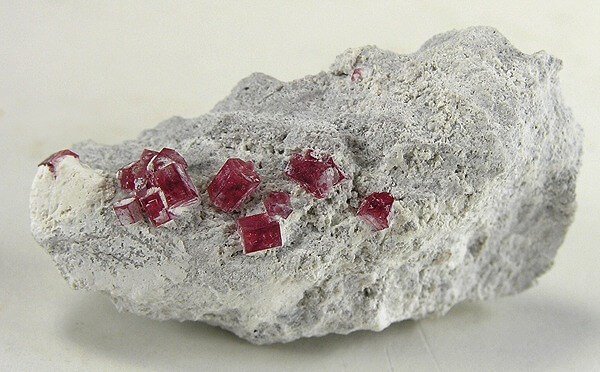
Jadeite – The Imperial Green Treasure
Jadeite, especially the imperial green variety, is the most prized form of jade and a symbol of luxury and prestige. Its vivid emerald green color and glass-like translucency set it apart from other gemstones. Exceptional quality Jadeite can command prices of over $50,000 per carat, with museum grade stones reaching millions. For centuries, Jadeite has held deep cultural significance, especially in Asia, where it is associated with wealth, protection, and spiritual harmony. Its limited sources and flawless beauty make it one of the world’s most sought after gemstones.
What makes Jadeite so valuable?
Its vivid emerald-green hue, rarity, and cultural importance make it highly desirable among collectors.
Where is Jadeite found?
The finest Jadeite comes from Myanmar, with smaller deposits in Guatemala and Japan.
Paraíba Tourmaline – Neon Brilliance
Paraíba Tourmaline is one of the most dazzling and valuable gemstones, known for its electric neon glow. Copper and manganese give Paraíba Tourmaline its vivid turquoise-to-green hues, making it unique among gemstones. Miners first discovered it in Paraíba, Brazil, and although deposits now exist in Mozambique and Nigeria, the supply remains extremely limited. Because of its brilliance and rarity, Paraíba Tourmaline can sell for $10,000–$50,000 per carat. Collectors and jewelers treasure it as one of the most extraordinary tourmalines in existence.
Why is Paraíba Tourmaline so expensive?
Its copper-rich neon glow and extremely limited supply make it one of the most valuable gemstones.
Where is Paraíba Tourmaline mined?
It is found in Brazil, Mozambique, and Nigeria, though gem quality stones are rare.
Padparadscha Sapphire – The Lotus Bloom of Gemstones
Padparadscha Sapphire is a breathtaking gemstone known for its delicate mix of pink and orange hues, resembling the colors of a lotus blossom at sunset. Natural, untreated Padparadscha Sapphires are exceptionally rare, making them some of the most valuable sapphires in the world. Fine quality stones can range between $10,000 and $50,000 per carat, while top specimens command even higher prices. Their rarity, combined with their romantic color, makes Padparadscha a popular choice for collectors and unique engagement rings.
Why is Padparadscha Sapphire rare?
Its unique pink-orange hue occurs in only a fraction of natural sapphires, making it extremely scarce.
How much is Padparadscha Sapphire worth?
Depending on size and quality, prices range from $10,000 to over $50,000 per carat.
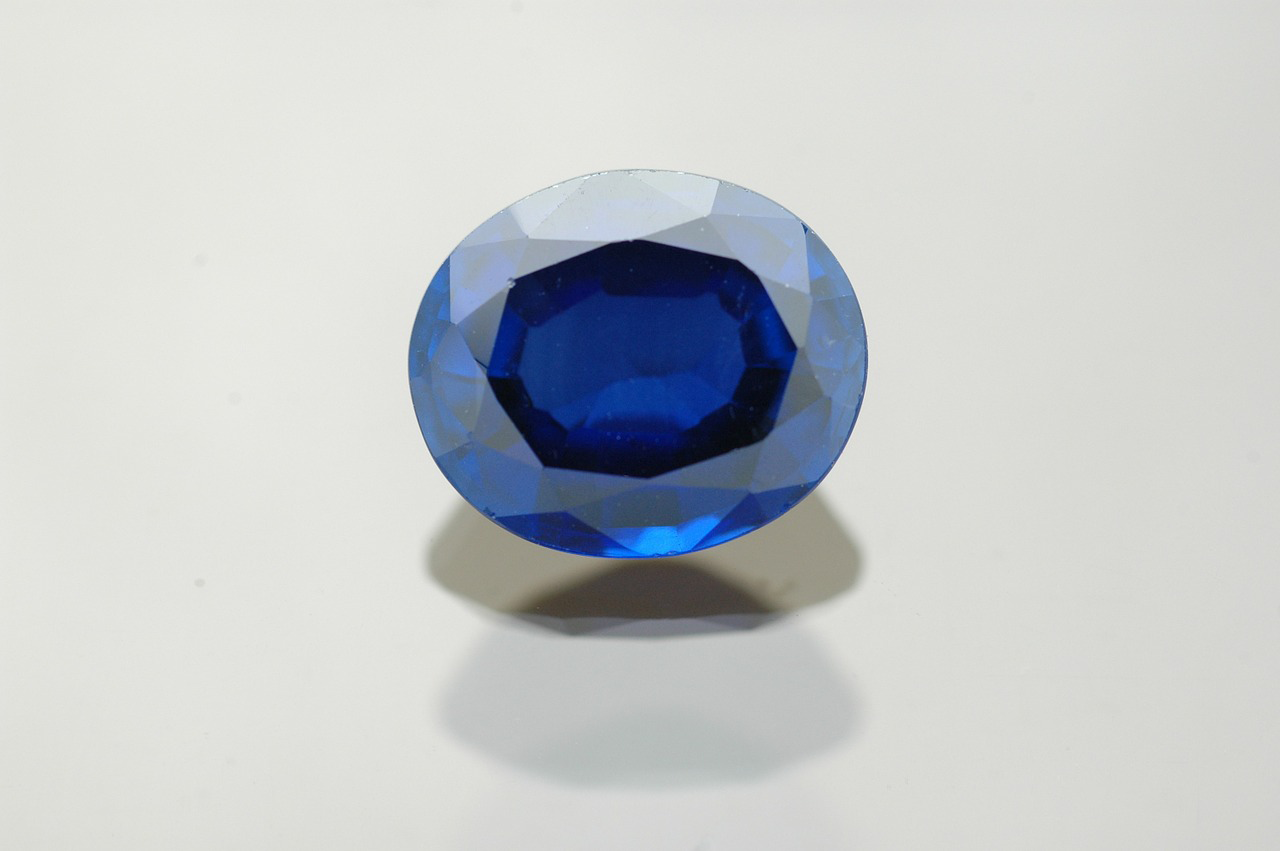
Alexandrite – The Color-Change Gem
Alexandrite is world famous for its dramatic color change, appearing green in daylight and red or purplish under incandescent light. First discovered in Russia’s Ural Mountains, it is often called the “emerald by day, ruby by night.” Its rarity and optical effect make it one of the most expensive gemstones, with high quality stones fetching thousands per carat. Today, miners extract Alexandrite primarily in Sri Lanka, Brazil, and East Africa, yet fine specimens remain extremely rare. Its shifting colors symbolize transformation and good fortune, making Alexandrite a highly sought-after choice for luxury engagement rings.
Why does Alexandrite change color?
Alexandrite changes color because of its unique crystal structure that reflects light differently.
Is Alexandrite more valuable than sapphire?
Yes, high-quality Alexandrite is often more expensive than sapphires due to its rarity and optical effect.
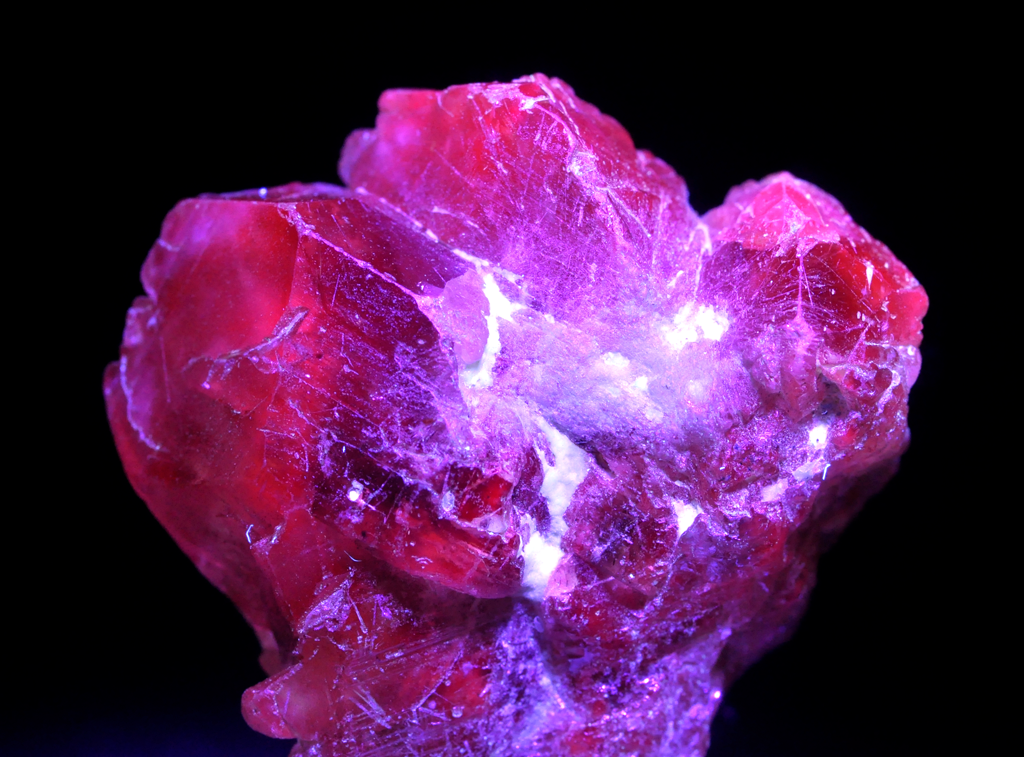
Benitoite – California’s Sapphire Fire
Benitoite is a dazzling rare gemstone discovered in California and is now the official state gem. Its deep blue color rivals sapphire, but what makes Benitoite extraordinary is its brilliant fire and unique fluorescence under UV light. With mines nearly depleted, gem quality Benitoite has become extremely rare and highly collectible. Collectors and investors prize larger faceted stones, while smaller gems remain somewhat available but less sought-after. Its rarity, beauty, and exclusivity make Benitoite one of the most fascinating gemstones in the world.
Where is Benitoite found?
Benitoite is found only in San Benito County, California, making it a single-origin gemstone.
Why is Benitoite rare?
The original deposits are nearly exhausted, and no other gem-quality sources exist worldwide.
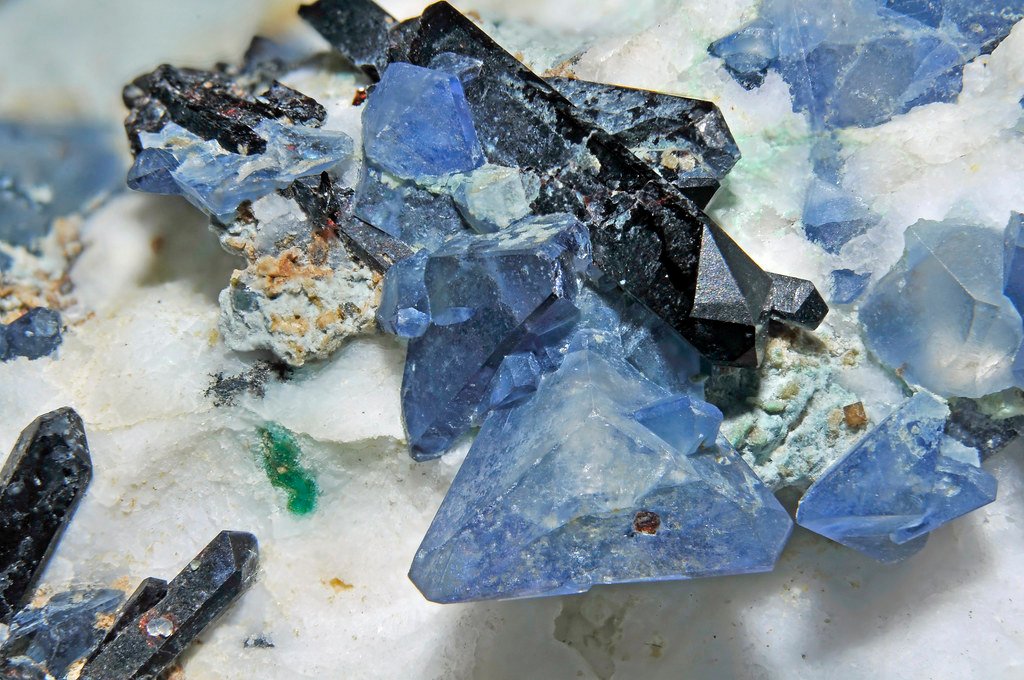
Taaffeite – The Accidental Gem
Taaffeite is one of the few gemstones discovered by accident. In 1945, gemologist Richard Taaffe found it mistakenly identified as spinel. With colors ranging from lilac and pink to violet, Taaffeite is extremely rare, with only a few thousand carats ever cut. Miners extract Taaffeite mainly in Sri Lanka, Myanmar, and Tanzania, yet it rarely appears in mainstream jewelry. Its extreme rarity drives prices to thousands per carat, making Taaffeite a coveted collector’s gemstone rather than a commercial jewel. Its discovery story only adds to its allure.
Is Taaffeite rarer than diamond?
Yes, Taaffeite is far rarer than diamonds, with only a few thousand known cut specimens.
What colors does Taaffeite come in?
Taaffeite is found in shades of lilac, mauve, pink, and violet.
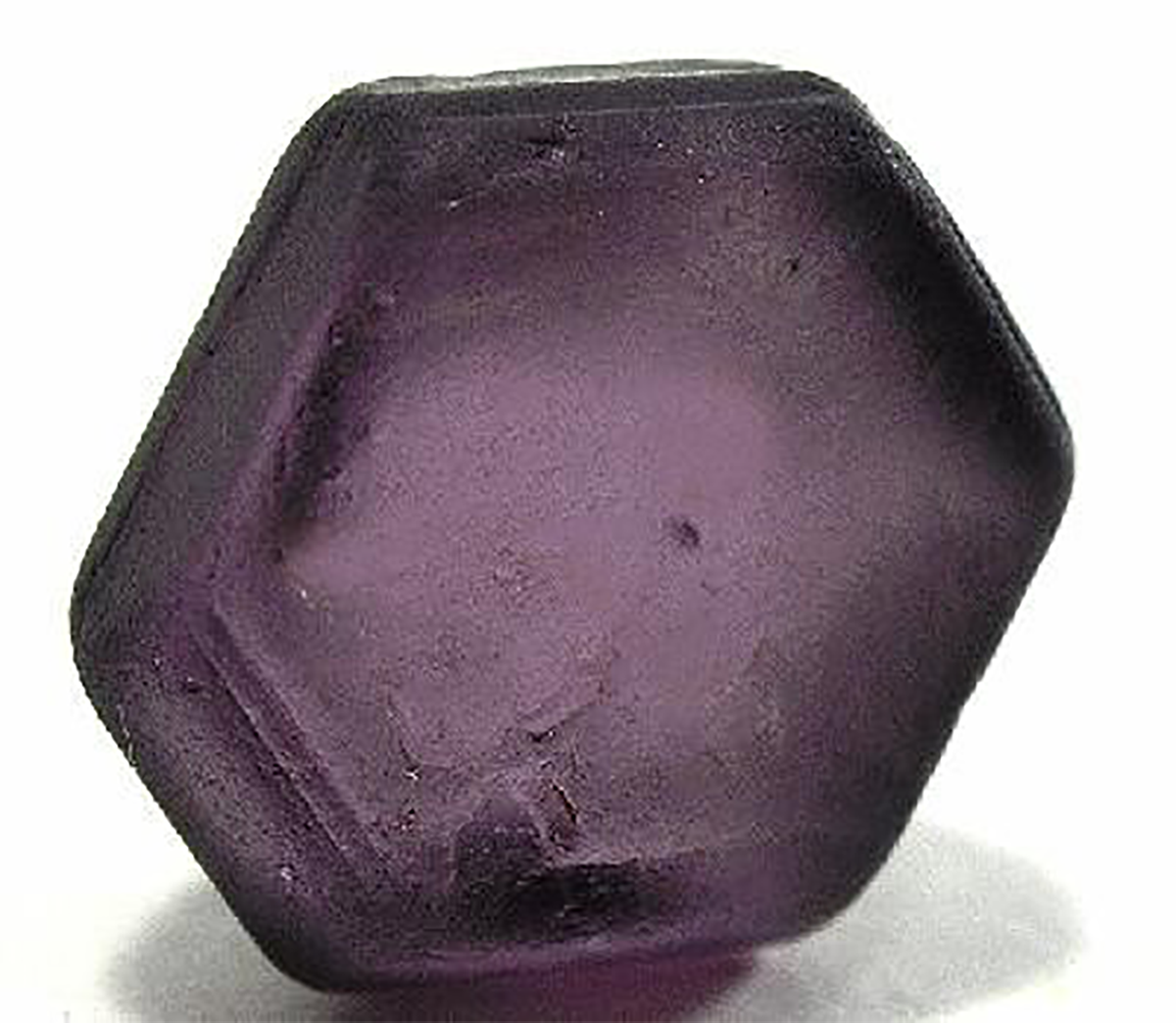
Musgravite – A Gem Beyond Rarity
Musgravite ranks among the most valuable gemstones ever discovered, first found in the Musgrave Ranges of South Australia in 1967. Belonging to the taaffeite family, its color ranges from smoky gray to rich violet, captivating elite collectors. Musgravite is so rare that only a handful of gem quality stones are available annually, with some selling for over $35,000 per carat. Sources include Sri Lanka, Madagascar, Greenland, and Tanzania, but supply remains extremely limited. For serious gemstone investors, Musgravite is considered a crown jewel of exclusivity.
How rare is Musgravite?
Musgravite is extremely rare, with only a few gem-quality stones available globally each year.
What is the price of Musgravite per carat?
Musgravite can reach values of $35,000+ per carat, depending on size and quality.
Painite – The Rarest Gemstone on Earth
Gemologists widely recognize Painite as the world’s rarest gemstone, and it once held a Guinness World Record. Miners first discovered it in Myanmar in the 1950s, and for decades, only two specimens existed. Today, despite additional finds, gem quality Painite remains extremely scarce, with only a few thousand pieces ever documented. This reddish brown crystal is rarer than diamond or ruby and often sells for staggering sums at gemstone auctions. Painite’s combination of rarity, durability, and fascinating history makes it one of the most desirable collector’s gemstones worldwide.
Is Painite rarer than diamond?
Yes, Painite is far rarer than diamonds, with only a few thousand known specimens worldwide.
Where is Painite found?
Painite is mainly found in Myanmar, making its origin highly limited and exclusive.
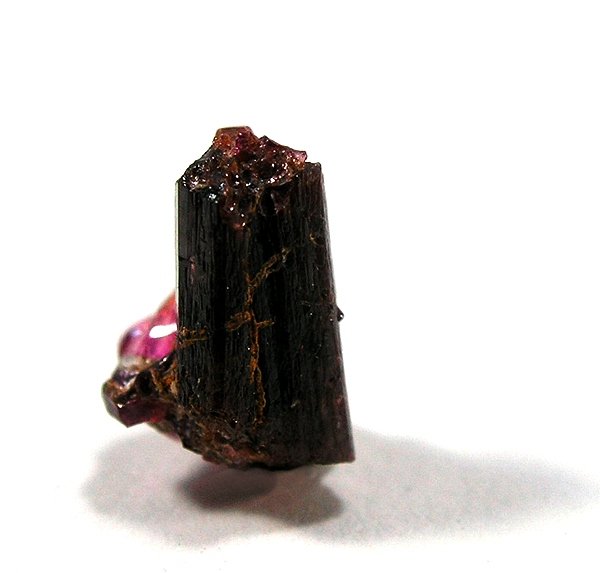
Black Opal – Australia’s Fiery Crown Jewel
Black Opal is considered the most valuable type of opal, famous for its dark body tone and vibrant play-of-color. The gem’s surface displays flashes of green, red, blue, and orange, creating a mesmerizing fire like effect. Miners source the finest Black Opals from Lightning Ridge, Australia, where production remains limited and demand stays exceptionally high. Top-quality specimens can sell for over $10,000 per carat, making them a favorite of high-end jewelers and serious collectors. Its mysterious beauty ensures its place as one of the rarest opals in the world.
Why is Black Opal so expensive?
Its vivid color play against a dark background makes it unique and highly desirable.
Where does the best Black Opal come from?
Lightning Ridge in Australia produces the finest and most valuable Black Opals.
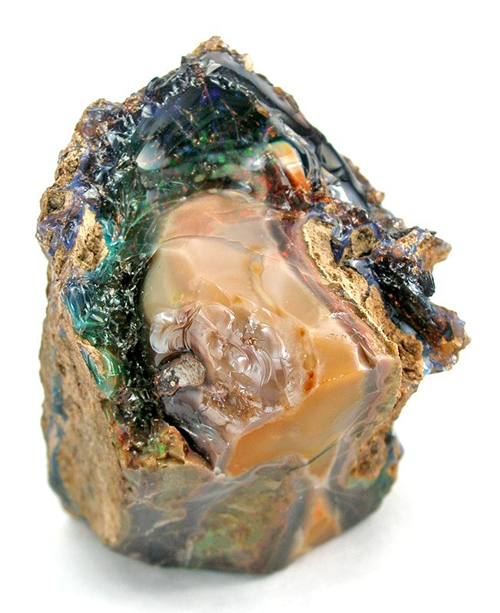
Grandidierite – The Bluish-Green Wonder
Grandidierite is an exceptionally rare gemstone first discovered in Madagascar in 1902. Known for its striking bluish-green color and strong pleochroism, it can display blue, green, and white hues depending on the angle of light. Transparent, gem-quality Grandidierite is nearly impossible to find, making it one of the top 10 rarest gemstones in the world. Most specimens are translucent, and only a few reach jewelry markets. High-quality stones can sell for over $20,000 per carat, making it a gemstone reserved for elite collectors. Its rarity and unfamiliar origin ensure its place among the most exclusive gems on Earth.
Where is Grandidierite found?
Grandidierite is primarily mined in Madagascar, with rare finds in Sri Lanka.
Why is Grandidierite valuable?
Its rarity, pleochroism, and scarcity of transparent stones make it highly valuable.
Jeremejevite – Sky-Blue Collector’s Stone
Collectors admire Jeremejevite for its delicate sky-blue, pale yellow, and colorless tones, making it one of the rarest gemstones in the world. Gem quality crystals are extremely scarce, making it a treasure for advanced collectors. Though not as famous as diamonds or sapphires, Jeremejevite’s rarity makes it highly valued in the gem world. Prices can reach $2,000 per carat for fine-quality stones, and larger faceted pieces are exceedingly rare. Its soft pastel colors and scarcity place it among the world’s rarest collector gemstones.
What colors does Jeremejevite come in?
It can be sky-blue, pale yellow, or colorless, with blue being the most desired.
Is Jeremejevite a rare gemstone?
Yes, only a handful of gem-quality stones exist, making it highly collectible.
Serendibite – The Ultra-Rare Collector’s Gem
Serendibite is one of the world’s rarest and most valuable gemstones, originally discovered in Sri Lanka. Its deep blue-green to black hues are striking, but gem quality Serendibite is so scarce that only a few cut stones exist, often under two carats. With deposits also found in Myanmar, this gemstone remains largely inaccessible to the general jewelry market. Collectors prize Serendibite for its extreme rarity, with some stones valued at over $50,000 per carat. Its exclusivity and mystery make it a gemstone reserved only for the world’s most dedicated collectors.
Where is Serendibite found?
Serendibite is mainly mined in Sri Lanka and Myanmar.
How much is Serendibite worth?
Gem-quality Serendibite can exceed $50,000 per carat due to its extreme scarcity.
Blue Garnet – The Million-Dollar Color-Change Rarity
Blue Garnet is one of the rarest and most valuable gemstones in the world. It displays a remarkable color shift, appearing blue green in daylight and turning purplish red under incandescent light. Only a handful of gem quality stones exist, with one notable specimen selling for over $1.5 million per carat. Trace elements of vanadium give Blue Garnet its dramatic color change, making it a gemological marvel. Its rarity and exceptional beauty attract elite collectors and investors, who highly covet this extraordinary gemstone.
Why is Blue Garnet so valuable?
Its extreme rarity and unique color change phenomenon make it one of the most expensive gemstones on Earth.
Where is Blue Garnet found?
Miners have discovered gem-quality stones in Madagascar, Russia, Kenya, Turkey, and the USA, but high-quality specimens remain incredibly rare.
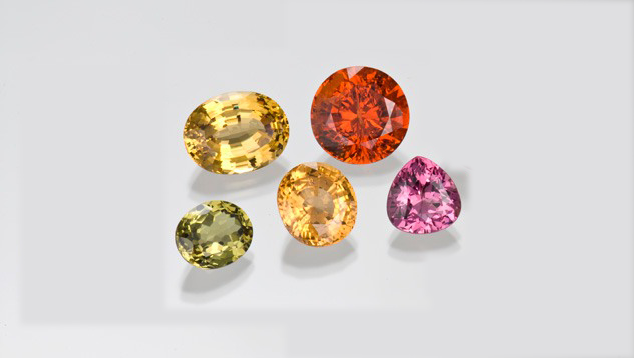
Tanzanite – Exclusively from Tanzania
Tanzanite is a mesmerizing blue violet gemstone that exists only in one location on Earth near Mount Kilimanjaro in Tanzania. Discovered in the 1960s, Tanzanite quickly became a favorite among jewelers and collectors due to its rich trichroism, showing blue, violet, and burgundy hues. Experts predict that miners may deplete Tanzanite’s supply within a few decades, increasing its appeal as a valuable gemstone investment. With its deep color and exclusivity, Tanzanite has become a popular alternative to sapphires in fine jewelry. Its limited origin and rising demand make it one of the most sought-after gemstones of modern times.
Why is Tanzanite rare?
Tanzanite is found only in Tanzania, making it a one-source gemstone.
Is Tanzanite a good investment?
Yes, its limited supply and growing demand make it a promising investment stone.
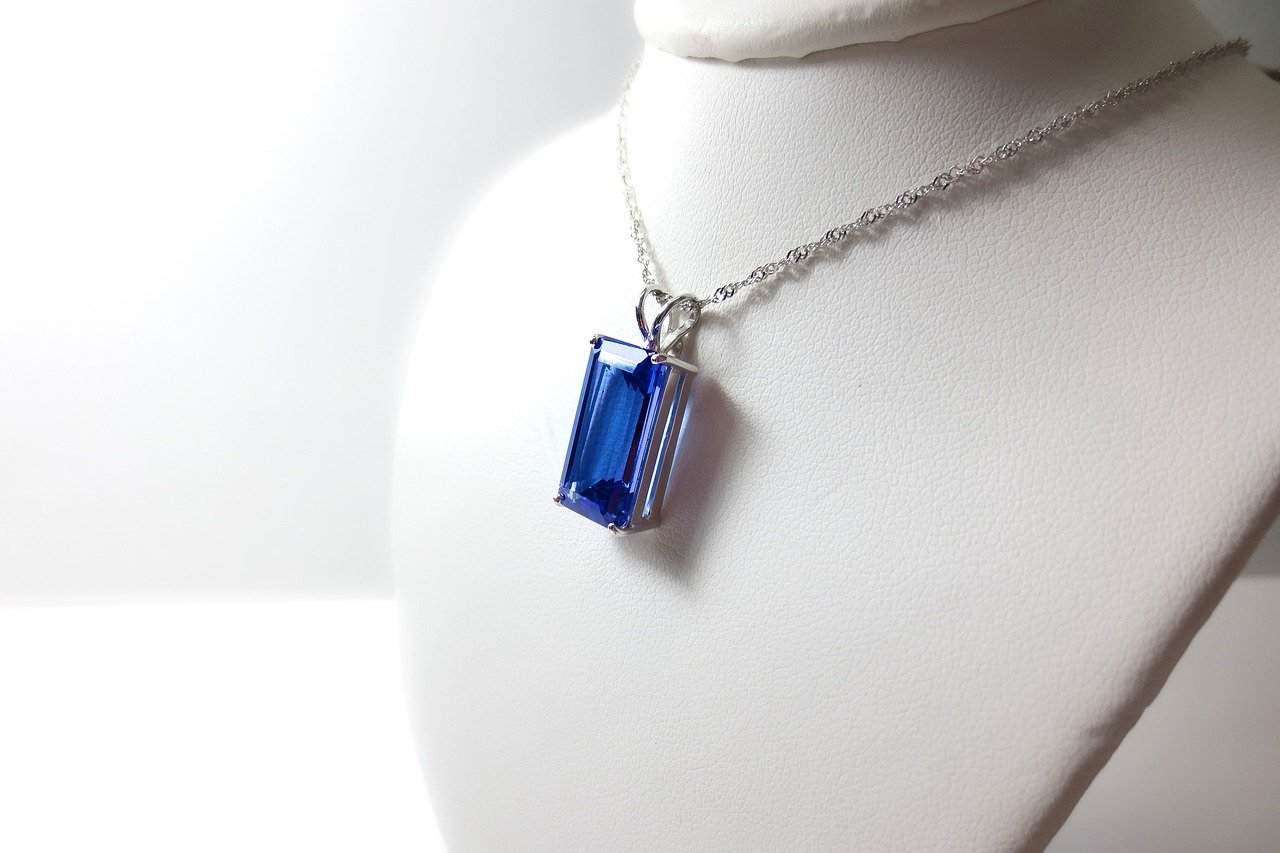
Poudretteite – The Soft Pink Rarity
Poudretteite is one of the rarest pink gemstones, discovered in Quebec, Canada, but later found in larger quantities in Myanmar. Its delicate pink color and transparent crystals make it highly attractive, though faceted gems are extremely rare. Most Poudretteite stones are small, and gem-quality pieces above 1 carat are very hard to find. Collectors treasure it as a true rarity, with fine stones valued in the thousands per carat. Its scarcity and gentle beauty make it a hidden treasure in the gem world.
Why is Poudretteite so rare?
Few crystals are large and clean enough to be cut into gemstones, making faceted pieces extremely scarce.
Where is Poudretteite found?
Originally discovered in Canada, but the best specimens come from Myanmar.
Cavansite – The Electric Blue Crystal
Cavansite is a striking mineral known for its intense electric-blue color, typically forming in small crystal clusters. While not widely used in jewelry due to its softness, Cavansite is a favorite among mineral collectors. Miners find the largest and finest Cavansite specimens in India, with smaller deposits in Oregon, USA. Its scarcity in gem-quality form and vibrant blue hue make Cavansite a coveted collector’s gemstone. In addition, crystal enthusiasts value it for promoting intuition and clear communication.
Is Cavansite used in jewelry?
Rarely, because it is too soft, but it is highly prized by mineral collectors.
Where is Cavansite found?
The best specimens come from India, with smaller deposits in the USA.
Clinohumite – The Collector’s Garnet Relative
Clinohumite is an extremely rare gemstone, related to the garnet family, and valued for its golden-yellow to orange hues. Found mainly in Tajikistan and a few locations in Russia, it is one of the few humite minerals that can form gem-quality crystals. Collectors mostly showcase Clinohumite in their private collections, as its scarcity keeps it out of mainstream jewelry. Prices vary widely depending on clarity and size, but clean faceted stones are very rare. Its warm tones and exclusivity make it a hidden gem in the rare gemstone market.
Why is Clinohumite rare?
Only a handful of deposits produce gem quality crystals, making faceted stones very limited.
What colors does Clinohumite come in?
It ranges from golden-yellow to orange, sometimes with reddish or brownish tones.
Larimar – The Caribbean Blue Gem
Larimar is a rare blue variety of pectolite found only in the Dominican Republic. Its soft sky-blue to deep turquoise color resembles the ocean, making it a favorite among collectors and jewelry lovers. Although not as rare as some high value gems, its single-origin exclusivity makes Larimar unique and highly sought after. Collectors especially prize larger Larimar pieces with intense blue hues and minimal inclusions. Its calming, ocean-like appearance earns it the nickname “Atlantis Stone”, and many believe it promotes peace, clarity, and emotional balance.
Why is Larimar considered rare?
It is found only in one location in the Dominican Republic, making it a single-source gemstone.
What is Larimar used for?
People widely use Clinohumite in jewelry and crystal healing, as it symbolizes peace, serenity, and emotional balance.
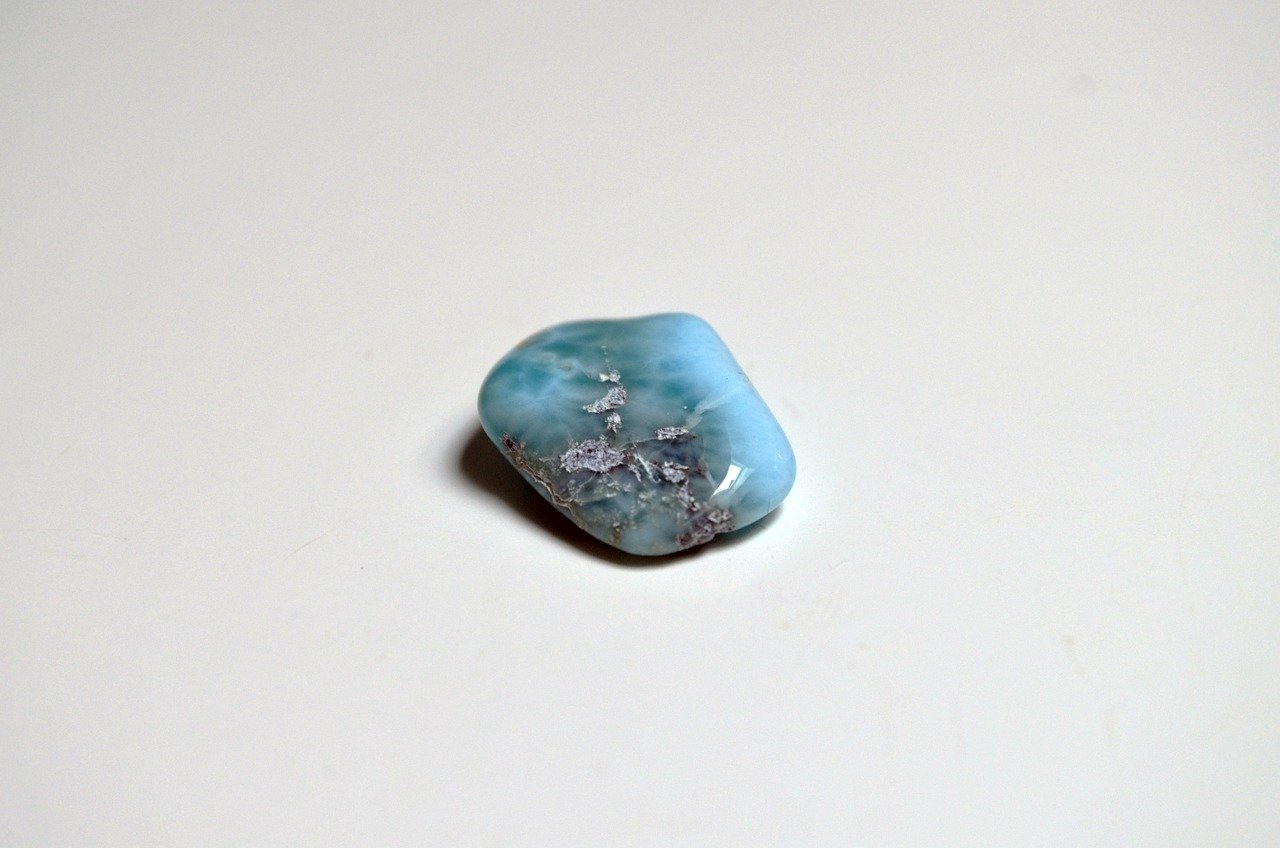
Hackmanite – The Color-Changing Wonder
Hackmanite is a fascinating rare gemstone known for tenebrescence, the ability to change color when exposed to sunlight or UV light. It often appears pale lavender or pink indoors but deepens to purple or violet in sunlight, gradually fading back when kept in darkness. Found mainly in Afghanistan, Myanmar, and Canada, Hackmanite is a collector’s favorite due to its unique optical properties. Its affordability compared to other rare gems makes it accessible to enthusiasts, though high-quality pieces are still uncommon.
What makes Hackmanite special?
Its rare tenebrescence property allows it to change color under sunlight or UV exposure.
Where is Hackmanite found?
Major sources include Afghanistan, Myanmar, and Canada.
Zultanite – The Color-Changing Gem
Zultanite, also known as Csarite, is a rare color-change gemstone mined exclusively in Turkey. It shifts colors dramatically, from kiwi green in daylight to raspberry pink or champagne hues under incandescent light. Large, eye-clean stones are extremely rare, and its single origin makes it even more valuable. Zultanite is increasingly popular in designer jewelry for its beauty and rarity, with fine-quality stones selling for thousands per carat. Its exclusivity and unfamiliar appeal make it a standout gemstone for collectors and jewelers alike.
Why is Zultanite rare?
It is found only in one location in Turkey and large clean stones are hard to source.
What colors does Zultanite display?
It shifts between green, pink, and champagne tones depending on the light.

Comparison Table of Rare Gemstones by Value
| Gemstone | Color / Appearance | Rarity Factor | Primary Source | Price Range (approx.) |
|---|---|---|---|---|
| Blue Garnet | Blue-green to purplish tones, color-change | Extremely rare, color-change garnet | Madagascar, USA | $1,500 – $3,000/ct |
| Jadeite | Vivid green, lavender, white | Finest Imperial Jade is very scarce | Myanmar (Burma) | $5,000 – $30,000+/ct |
| Padparadscha Sapphire | Unique pink-orange “sunset” hue | One of the rarest sapphires | Sri Lanka, Madagascar | $2,000 – $20,000/ct |
| Benitoite | Bright sapphire-blue, fluorescent | California state gem, very limited supply | California, USA | $3,000 – $6,000/ct |
| Black Opal | Dark body tone with rainbow play-of-color | Most prized opal variety | Lightning Ridge, Australia | $1,000 – $15,000/ct |
| Jeremejevite | Colorless, pale blue, or yellow | Rare collector’s gemstone | Namibia, Tajikistan | $1,500 – $3,000/ct |
| Poudretteite | Soft pink, transparent | Very few cut stones exist | Myanmar, Canada | $3,000 – $10,000/ct |
| Cavansite | Electric-blue crystal clusters | Rare and soft, mostly for collectors | India, USA | $300 – $1,000/ct (specimens) |
| Clinohumite | Golden-yellow to orange | Few deposits produce gem-quality stones | Tajikistan, Russia | $1,000 – $3,500/ct |
| Larimar | Sky-blue, turquoise, ocean-like | Found only in Dominican Republic | Dominican Republic | $20 – $300/ct |
| Fire Opal | Fiery orange, red, or yellow, sometimes with play-of-color | Rare in large flawless gems | Mexico | $50 – $1,500/ct |
| Hackmanite | Lavender/pink with tenebrescence | Rare color-change property | Myanmar, Afghanistan, Canada | $50 – $500/ct |
| Zultanite (Csarite) | Green to raspberry-pink, champagne hues | Single source, color-changing | Turkey | $1,000 – $10,000/ct |
What Makes a Gemstone Rare?
Gemstones become rare when unique geological conditions create them, when miners find them in only a few locations, or when they occur in very small quantities compared to common gems like quartz or topaz. Factors such as color, clarity, size, and market demand further enhance a gemstone’s rarity and value. For example, Painite, Musgravite, and Red Beryl are rare because only a handful of gem-quality crystals exist, while gems like Zultanite or Larimar are rare due to their single-source origins.
FAQs About the Rarest Gemstones and Crystals
Conclusion: Investing in the Rarest Gems on Earth
Rare gemstones represent the pinnacle of beauty, exclusivity, and value in the jewelry world. From Painite’s legendary scarcity to Paraíba Tourmaline’s neon brilliance, these stones hold a unique place in both history and modern luxury. Collectors, investors, and jewelry enthusiasts alike continue to pursue these gems for their unmatched rarity and allure. Whether you’re researching for investment, passion, or curiosity, exploring the world of rare gemstones opens a door to some of nature’s most spectacular treasures.






